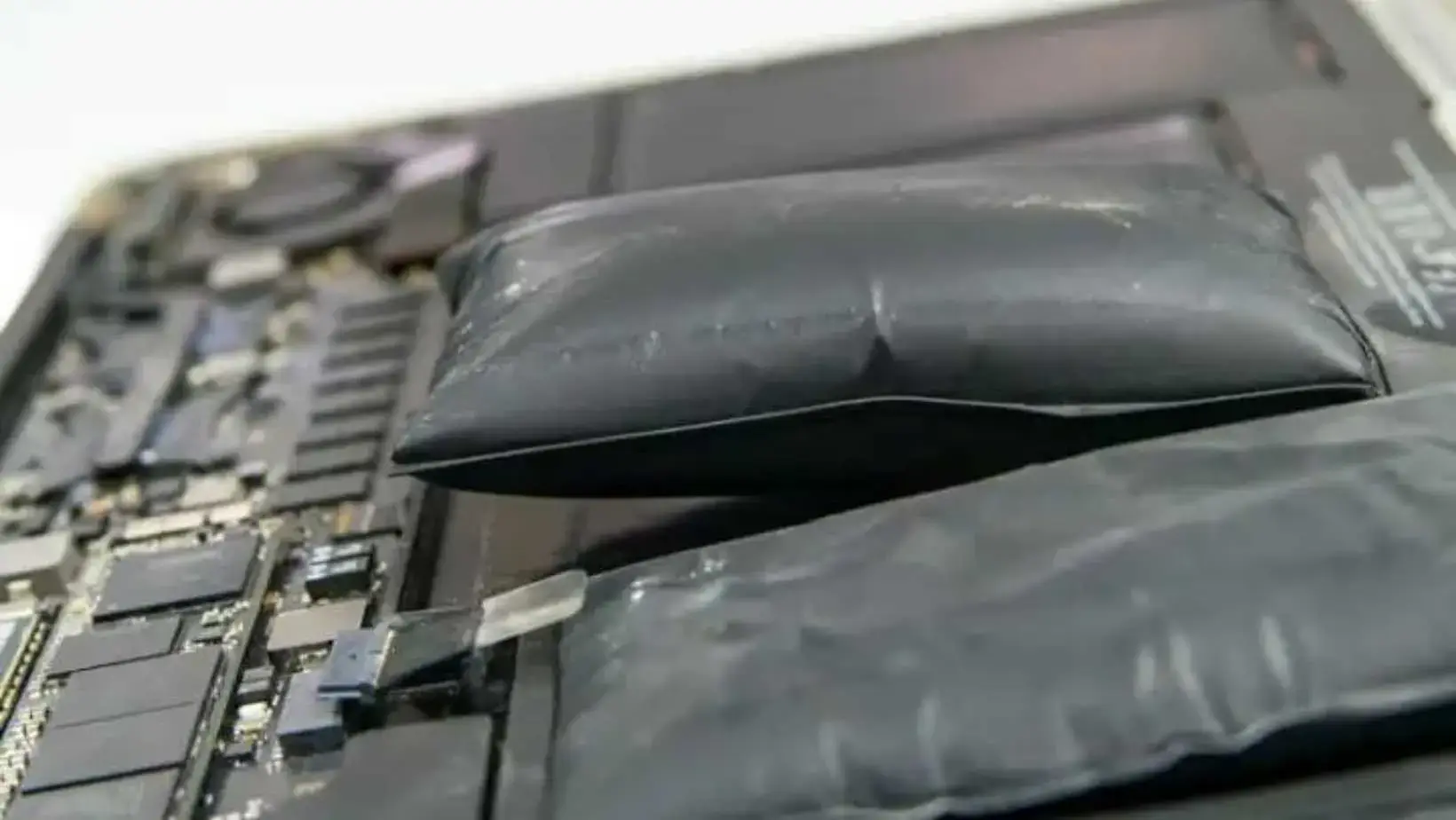
A MacBook with a drained battery can be incredibly frustrating, especially when it disrupts your productivity. Over time, even the best batteries can lose their efficiency, leaving users struggling to maintain their MacBook’s performance. If you’re dealing with MacBook battery issues, this comprehensive guide will help you identify the problem and provide practical solutions to restore your device’s battery life.
Understanding the Common Causes of MacBook Battery Issues
Before diving into the fixes, it’s essential to understand why your MacBook battery might not hold a charge. Factors such as aging, excessive usage, software glitches, and improper charging habits often contribute to reduced mac battery health. Recognizing the cause is the first step in resolving the issue effectively.
Battery Aging: Like all lithium-ion batteries, MacBook batteries degrade over time. If you’ve been using your device for years, its maximum capacity may have significantly decreased.
Background Applications: Some apps running in the background consume a lot of power, draining your battery faster than usual.
Incorrect Settings: Display brightness, keyboard backlighting, and unoptimized settings can place additional strain on your MacBook battery life.
Faulty Charger or Port: A damaged charger or port can disrupt the charging process, leading to further battery problems.
Steps to Fix a MacBook Battery Not Holding a Charge
Once you’ve identified the potential causes, follow these steps to address the issue and improve your mac battery health.
1. Check Your Battery’s Condition
Your MacBook provides an in-built feature to check the status of your battery. Simply click on the battery icon in the menu bar while holding the Option key, and you’ll see the battery’s condition. It can range from “Normal” to “Replace Soon” or “Service Battery.” If your MacBook displays a “Service Battery” message, it’s time to replace it.
2. Update macOS to the Latest Version
An outdated macOS can cause software glitches, including issues with power management. Updating to the latest macOS version often resolves these glitches and optimizes battery performance.
To update your macOS:
- Go to the Apple menu.
- Select “System Preferences” > “Software Update.”
- Follow the prompts to install any available updates.
3. Optimize Your Settings for Better Battery Life
Adjusting your settings can have a significant impact on your MacBook Pro battery life. Start by reducing screen brightness, disabling unnecessary notifications, and turning off Wi-Fi and Bluetooth when not in use. These simple adjustments can extend your battery life significantly.
4. Manage Energy-Draining Apps
Some applications consume more energy than others. To identify these apps:
- Open “Activity Monitor” from your Utilities folder.
- Click on the “Energy” tab to view which apps are consuming the most power.
- Close the energy-intensive apps that you’re not actively using.
5. Calibrate Your MacBook Battery
Battery calibration can help reset your MacBook’s battery status and improve accuracy in reporting charge levels. To calibrate:
- Fully charge your MacBook.
- Use the device until the battery is completely drained and shuts down.
- Charge it back to 100% without interruptions.
6. Reset the System Management Controller (SMC)
The SMC controls various hardware functions, including battery management. Resetting it can often resolve MacBook battery issues.
To reset the SMC on Intel-based MacBooks:
- Shut down your MacBook.
- Press and hold the Shift + Control + Option keys and the power button simultaneously for 10 seconds.
- Release the keys and power on your device.
For M1 and newer models, a simple restart will reset the SMC automatically.
7. Use an Authentic Charger
Using non-genuine chargers can severely impact your MacBook’s battery health. Always use an Apple-certified charger and inspect your charging cable and adapter for any signs of damage. A faulty charger may be the reason your Mac battery isn’t holding a charge.
When to Replace Your MacBook Battery
If you’ve tried all the above solutions and your MacBook battery still won’t hold a charge, it might be time for a replacement. Typically, MacBook batteries last for around 1000 charge cycles. If your battery health drops below 80%, consider visiting a professional repair service to replace it.
Why Choose ASK Computers?
At ASK Computers, we specialize in resolving MacBook battery issues efficiently and affordably. Our expert technicians use only genuine Apple parts to ensure your device performs at its best. Whether it’s diagnosing battery health, replacing a faulty battery, or providing tips to extend your MacBook Pro battery life, we are committed to delivering top-notch service. Trust us to bring your MacBook back to life with reliable and lasting solutions.
Preventative Tips to Maintain Your MacBook’s Battery Health
Taking care of your MacBook battery can help prolong its life and reduce the chances of facing similar issues in the future. Follow these tips:
- Avoid exposing your MacBook to extreme temperatures, as both heat and cold can degrade the battery.
- Keep your macOS updated to benefit from the latest energy-saving features.
- Avoid keeping your MacBook plugged in at 100% charge for extended periods, as this can reduce the overall battery lifespan.
- Use energy-saving modes when working on the go.
Final Thoughts
A MacBook battery that doesn’t hold a charge can be a frustrating issue, but it’s often fixable with the right steps. By identifying the root cause, optimizing your settings, and seeking professional help when necessary, you can restore your MacBook’s battery life and get back to seamless productivity.
For expert assistance with any MacBook battery problems, contact ASK Computers today and let us help you keep your device running like new.

